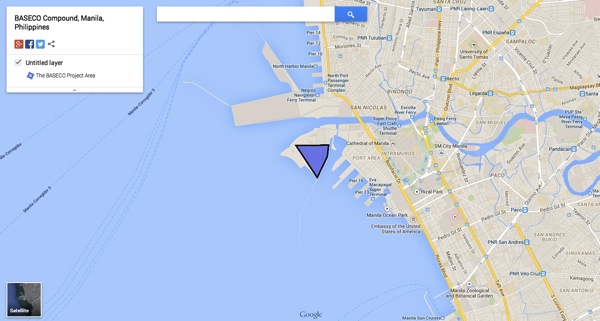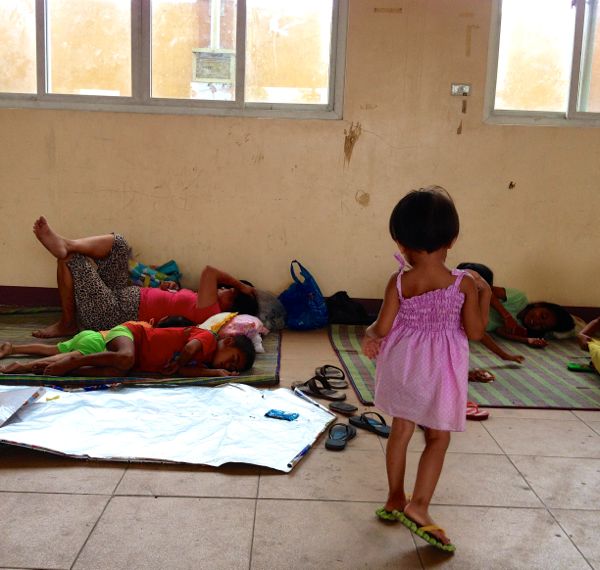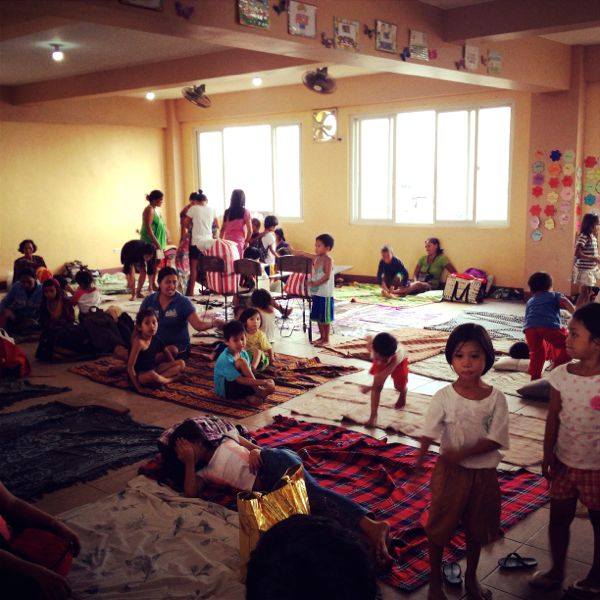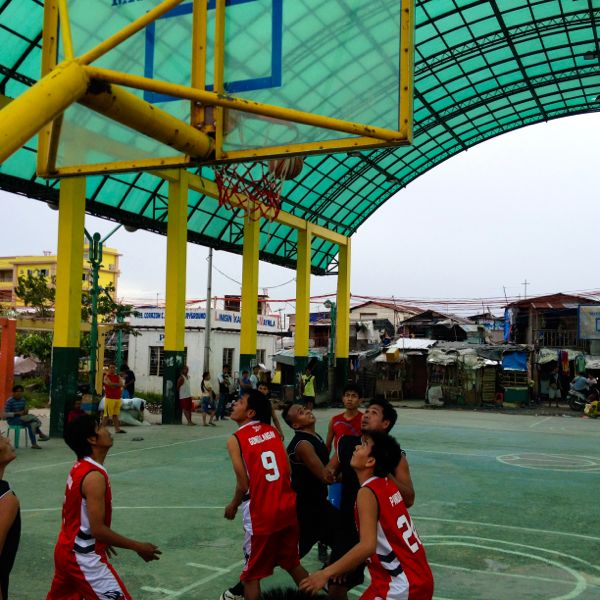![]()
I’m back in Singapore after my trip to the Philippines.
Thankfully, typhoon Hagupit turned out to be less severe than many feared:
The people of southern Luzon expressed relief Sunday night as Typhoon Hagupit, which they had feared might be a repeat of last year’s deadly supertyphoon, largely spared their region.
Just two days earlier, forecasters had warned of a crippling direct hit on the populous region.
“We’re happy, because we were afraid it would be like Yolanda,” said Jennifer Amonuevo, one of 650 people in Legazpi Port Elementary School in Legazpi City. “Yolanda” is how locals refer to last year’s Supertyphoon Haiyan.

Meanwhile farther to the north of the country, I spent much of Sunday, before the storm arrived, at an evacuation center in the Baseco compound of Manila’s port area.
It’s a fascinating place: full of narrow roads, tiny homes, various shops. And it’s buzzing with activity: food vendors, children running about, pickup basketball games, people coming and going to work.
Due to its location next to Manila Bay — it’s the triangle highlighted in the second map above — it’s vulnerable to storms.
Thankfully, though, the typhoon didn’t make its way north and pummel Manila, as some thought it might.
Here are some iPhone pics from the day — many of which I Tweeted and posted to Instagram — as some in the community took shelter in a large building that is also used as an elementary school.

The evacuation center

Smiles all around
And more smiles

Inside the shelter

Getting settled

Playing ball

View from the evacuation center looking out toward the water

Preparing for the worst

My ride out of Baseco
Video from inside

And, finally, rains hitting Manila on Monday. (I took this pic from a standard taxi, not a sidecar!)
The storm ultimately killed 11 and injured 480, according to local media.
Any loss of life is sad, of course. But compared to the 6,300 or so who perished during Typhoon Haiyan just over a year ago, Hagupit was obviously far less destructive.